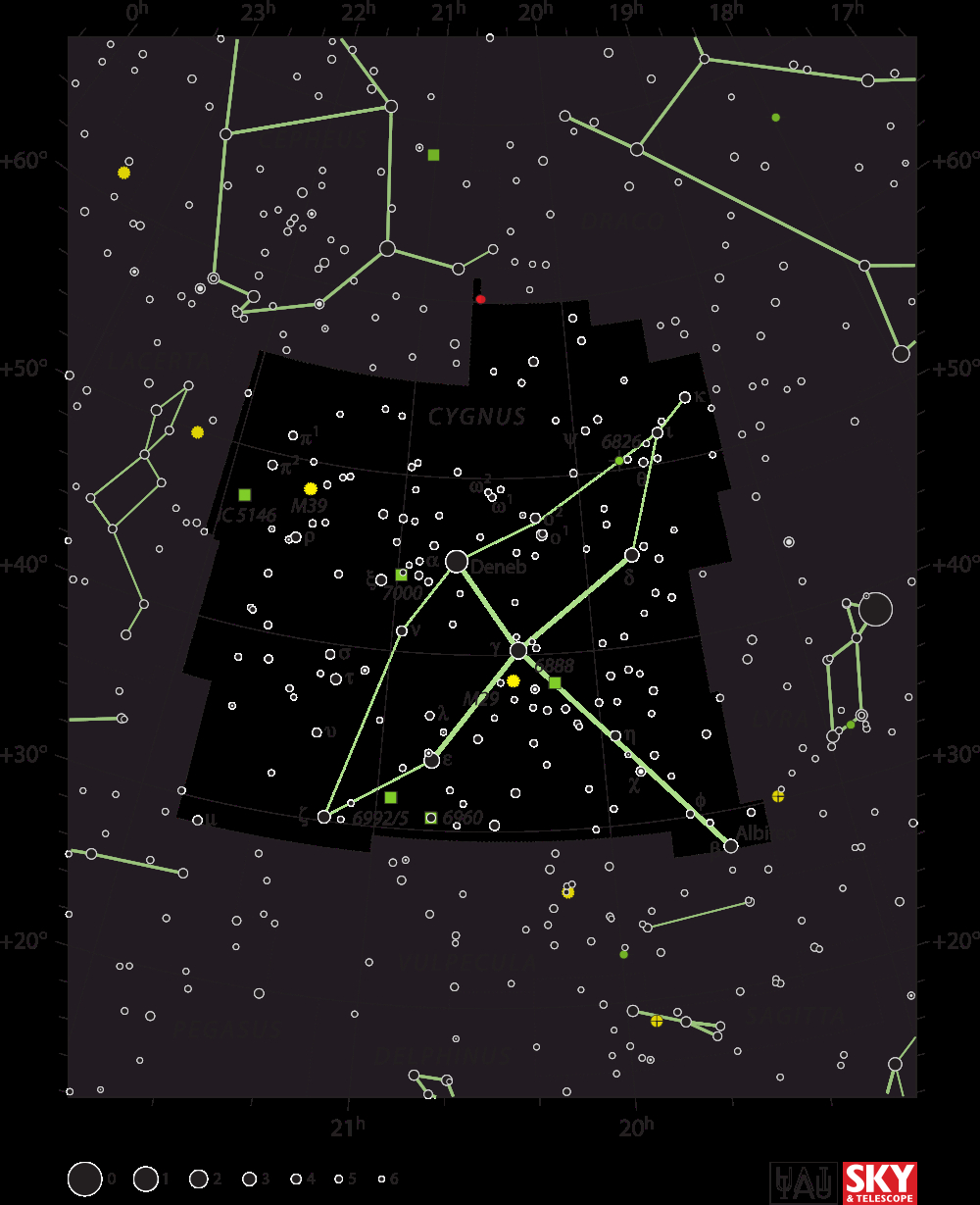
By IAU and Sky & Telescope magazine (Roger Sinnott & Rick Fienberg) [CC-BY-3.0], via Wikimedia Commons
"The Swan"

By IAU and Sky & Telescope magazine (Roger Sinnott & Rick Fienberg) [CC-BY-3.0], via Wikimedia Commons
Abbreviation: Cyg
Genitive: Cygni
Constellation family: Hercules
Nearest constellations: Cepheus, Draco, Lacerta,
Lyra, Pegasus, and Vulpecula
Right ascension: 20.62h
Declination: 42.03°
Visible between latitudes: +90° and -40°
Square degrees: 804
Luminary: Deneb (Alpha Cygni)
Named stars: Deneb, Sadr, Albireo
Notable deep sky objects: M29, M39, NGC 7000 (North American Nebula), IC 5067 and IC 5070 (Pelican Nebula), Veil Nebula, NGC 6888
(Crescent Nebula), NGC 6946 (Fireworks Galaxy), Cygnus X-1
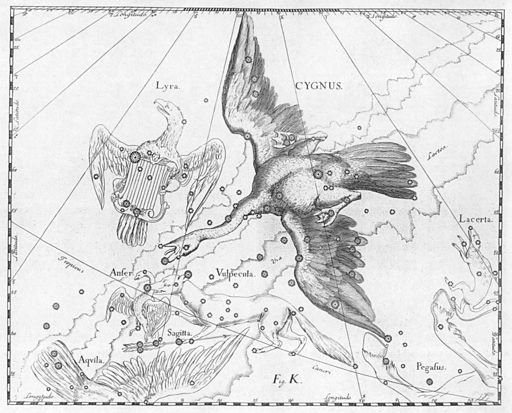
By Johannes Hevelius, scanned by Torsten Bronger 2003 April 4 [Public domain], via Wikimedia Commons
Cygnus is a distinctive constellation in the Northern Hemisphere that is best seen in September. Due to its shape, it is occasionally referred to as the Northern Cross.
The brightest star in Cygnus, Deneb, is one of three stars that form an asterism called the Summer Triangle which is visible at northern latitudes during the summer. The other two stars in the Summer Triangle are Altair from Aquila and Vega from Lyra.
There are a large number of stories that involve swans and could relate to Cygnus. In Greek mythology, Cygnus could represent the swan Zeus transformed himself into in order to seduce Leda, the Queen of Sparta and mother of Helen of Troy. Or, Cygnus could represent Queen Cassiopeia's pet swan. There is not a single, particular myth associated with Cygnus.
M29 (open cluster):
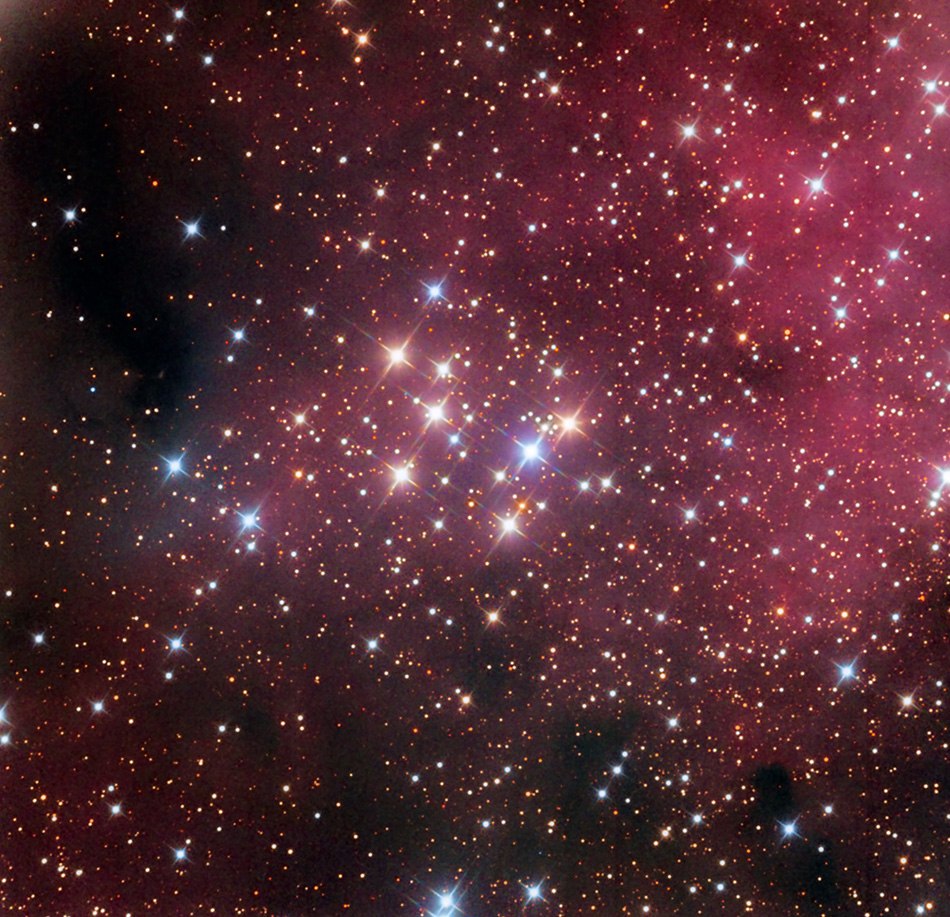
By Adam Block/Mount Lemmon SkyCenter/University of Arizona [CC-BY-SA-3.0-us], via Wikimedia Commons
Veil Nebula:

By NASA, ESA, the Hubble Heritage (STScI/AURA)-ESA/Hubble Collaboration, and the Digitized Sky Survey 2, acknowledgements: J. Hester (Arizona State University) and Davide De Martin (ESA/Hubble) [CC-BY-3.0], via Wikimedia Commons
IRAS 19475+3119 (preplanetary nebula):
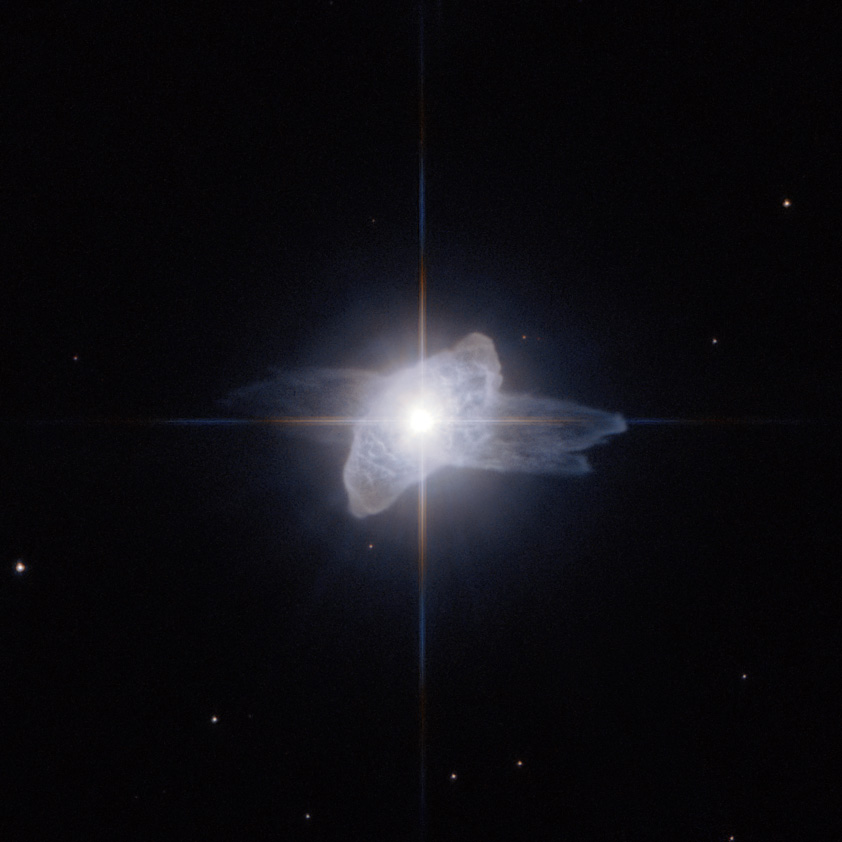
By ESA/Hubble and NASA [CC-BY-3.0], via Wikimedia Commons
North America Nebula (NGC 7000):
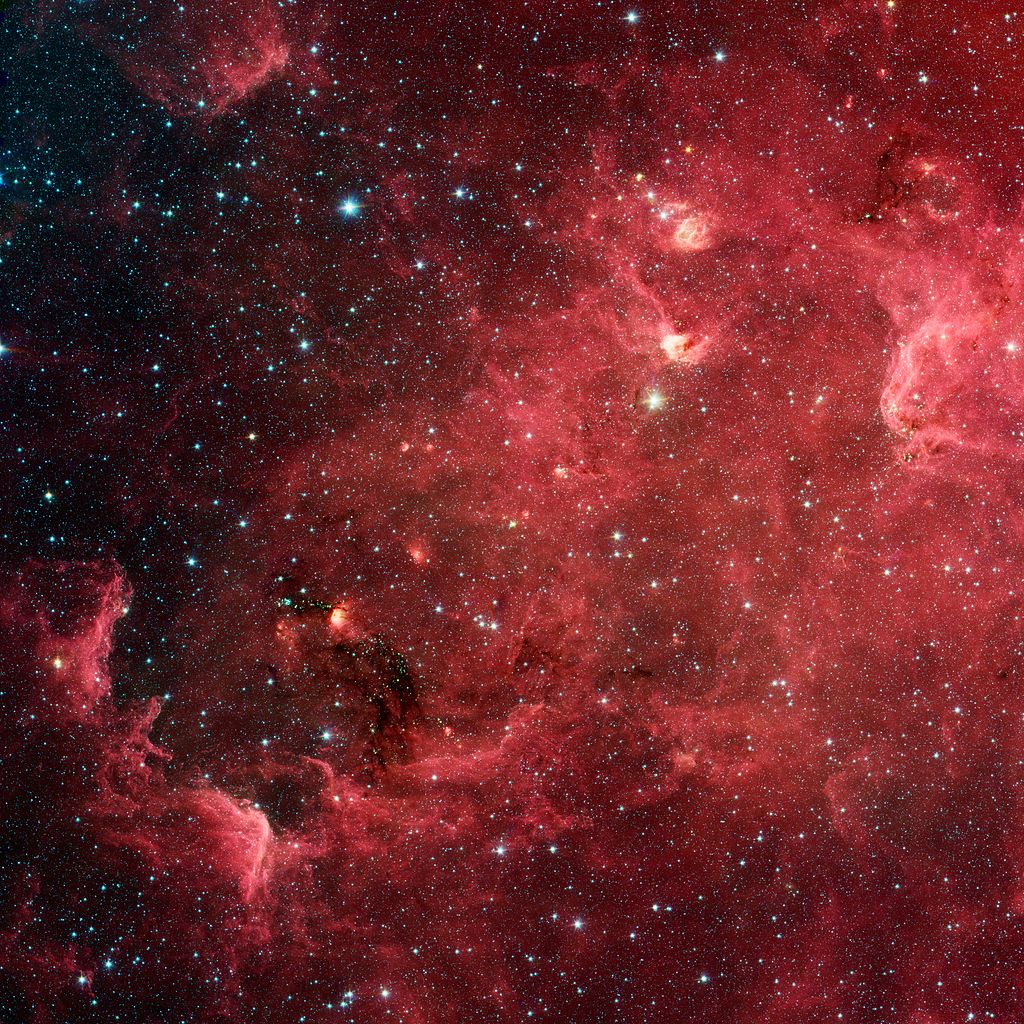
By NASA/JPL-Caltech [Public domain], via Wikimedia Commons
NGC 6826 (planetary nebula):
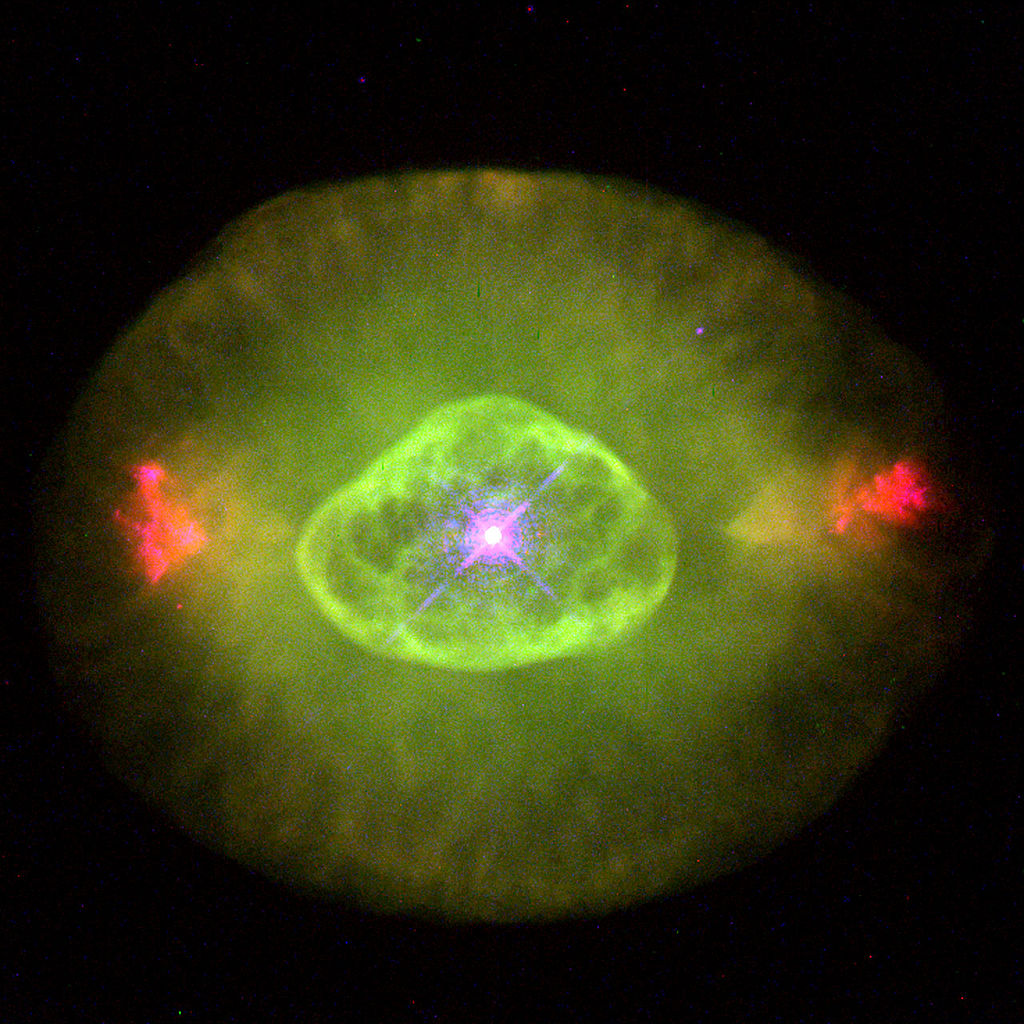
By Bruce Balick (University of Washington), Jason Alexander (University of Washington), Arsen Hajian (U.S. Naval Observatory), Yervant Terzian (Cornell University), Mario Perinotto (University of Florence, Italy), Patrizio Patriarchi (Arcetri Observatory, Italy) and NASA [Public domain], via Wikimedia Commons